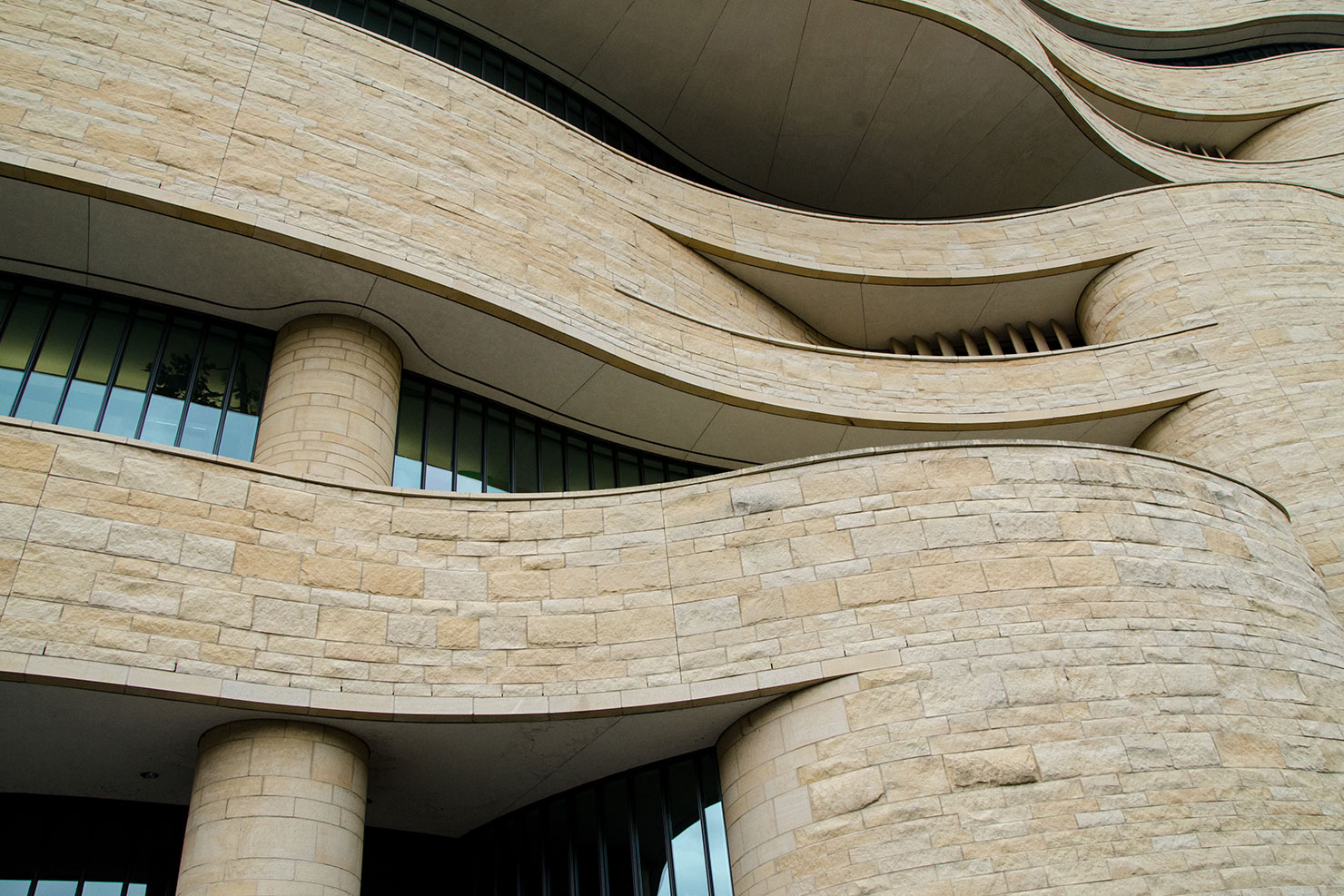Kevin Gover, the director of the National Museum of the American Indian, has been named the Smithsonian’s Under Secretary for Museums and Culture, effective Jan. 17. The position oversees the Smithsonian’s history and art museums, its cultural centers, and the Archives of American Art, Smithsonian Exhibits and the National Collections Program. Gover has served as Under Secretary in an acting capacity since February 2020. He reports to Meroe Park, the Smithsonian’s Deputy Secretary and Chief Operating Officer.
Gover, a citizen of the Pawnee Tribe of Oklahoma, began as director of the Smithsonian’s National Museum of the American Indian in 2007. As director, he oversaw the Washington, D.C., and New York City museums as well as the Cultural Resources Center in Suitland, Maryland.
Gover has led the museum to pursue equity and social justice for Native people through education, inspiration and empowerment, and the museum has worked to expand people’s ideas of what it means to be Native American.
Under his leadership, the museums have opened numerous critically acclaimed exhibitions in Washington and New York, including: “Americans,” which uncovers the many ways American Indian images, names and stories have been part of the nation’s history, identity and pop culture since before the country began; “Nation to Nation: Treaties Between the United States and American Indian Nations,” which examines the history and legacy of U.S. – American Indian diplomacy from the colonial period through the present; “Infinity of Nations: Art and History in the Collections of the National Museum of the American Indian,” a permanent exhibition of some 700 works of Native art from throughout North, Central and South America that demonstrates the breadth of the museum’s renowned collection; and “Stretching the Canvas: Eight Decades of Native Painting,” which presents works by 30 artists and explores broad topics at different points in modern art history starting at about 1940 to near present day.
Most recently, in November 2020, the museum completed and opened the National Native American Veterans Memorial. The memorial, which sits on the grounds of the museum in Washington, was commissioned by Congress to give “all Americans the opportunity to learn of the proud and courageous tradition of service of Native Americans in the Armed Forces of the United States.” Native Americans have served in every major military conflict in the U.S. since the Revolutionary War. This is the first national landmark in Washington to focus on the contributions of American Indians, Alaska Natives and Native Hawaiians who have served in the military.
Gover also oversaw the launch of Native Knowledge 360°, the museum’s national educational initiative. NK360° is a set of teaching resources that provides educators and students with new perspectives on Native American history and cultures. It offers educational materials and training for teachers that incorporate Native narratives, more comprehensive histories and accurate information to enlighten and inform teaching and learning about Native America. It challenges common assumptions about Native peoples – their cultures, their roles in United States and world history, and their contributions to the arts, sciences and literature. The initiative provides a view that includes not only the past, but also the richness and vibrancy of Native peoples and cultures today.
The museum has also expanded its educational offerings to include virtual field trips and webinars, including the popular “Youth in Action: Conversations About Our Future” series, which features young Native activists and changemakers from across the Western Hemisphere working toward equity and social justice for Indigenous peoples.
Machel Monenerkit will continue to serve as acting director of the museum following Gover’s departure. She is currently the museum’s deputy director. Monenerkit joined the museum in 1994 as a volunteer and then became a program manager in the public programs office at the museum in New York. In 1998, she transferred to the museum’s location in Washington, where she oversaw three major projects for the museum’s 2004 opening. She joined the museum’s executive office in 2006. As deputy director, she oversees several museum departments, including administration, advancement, and executive and financial planning.

